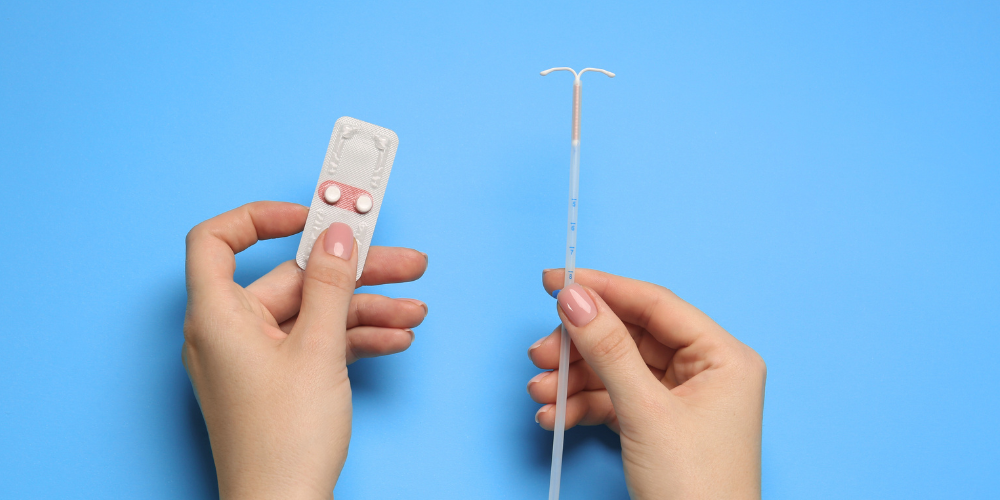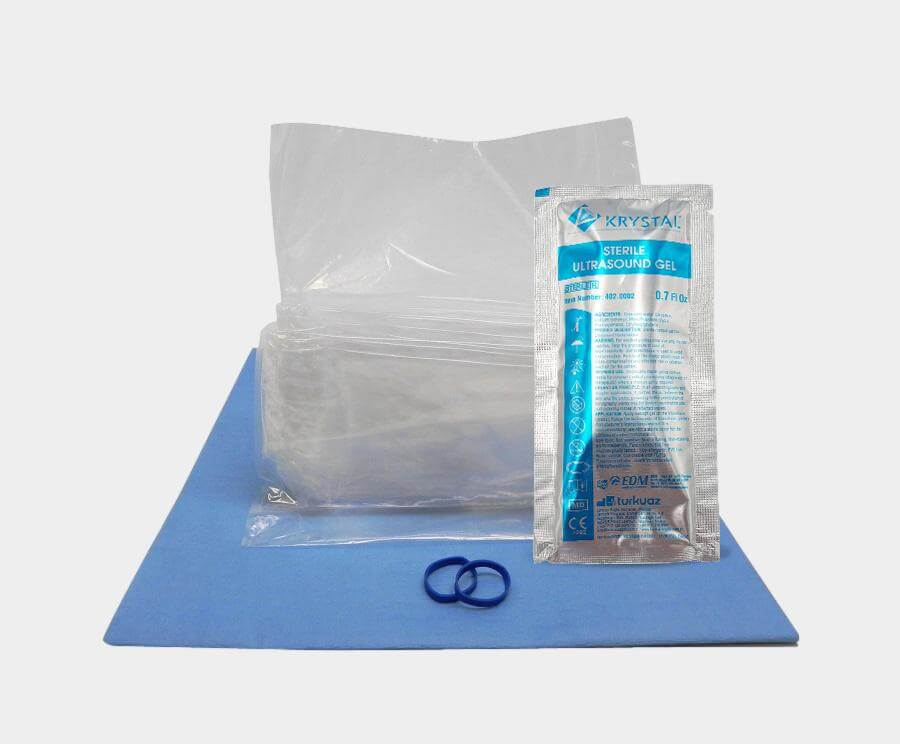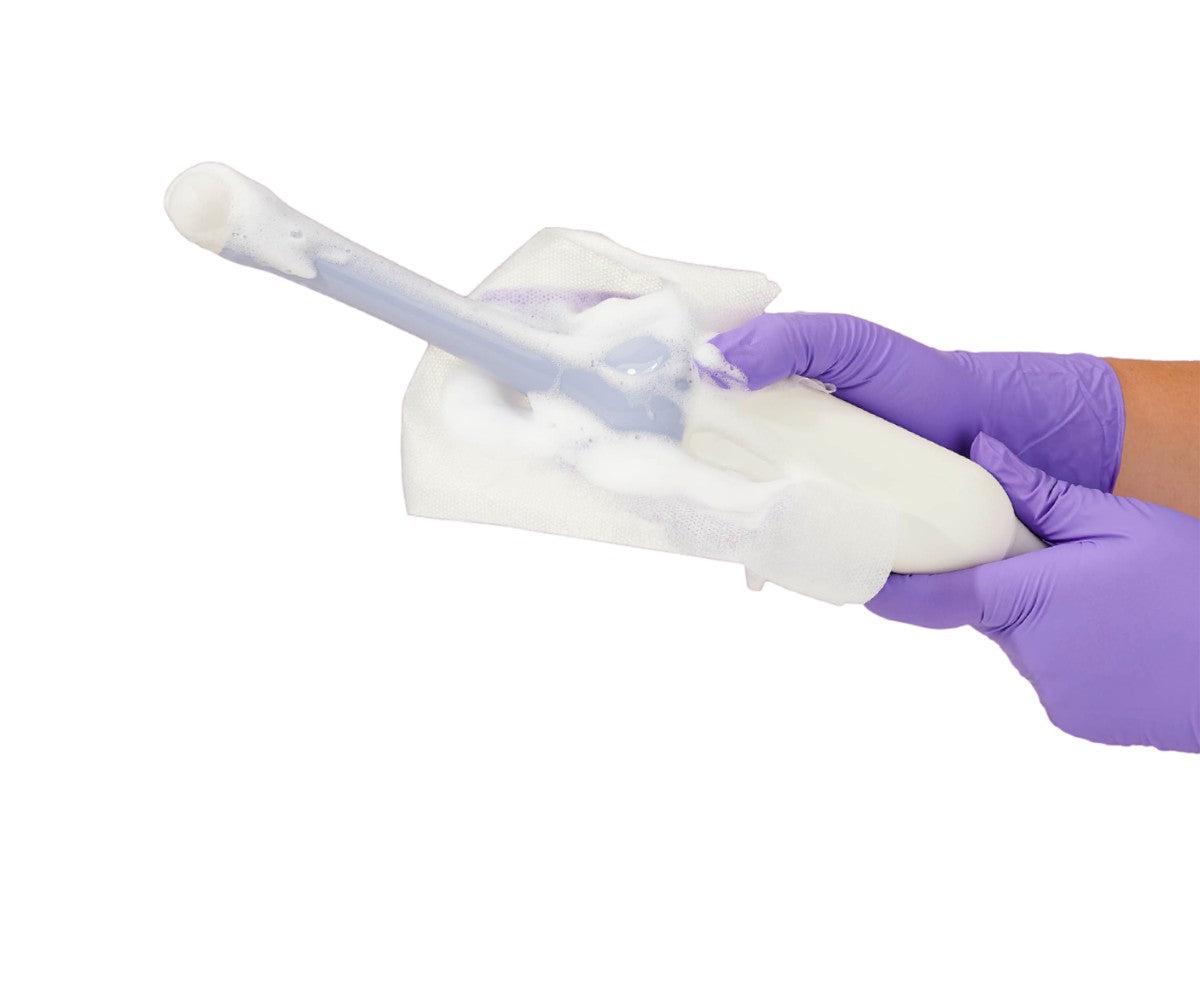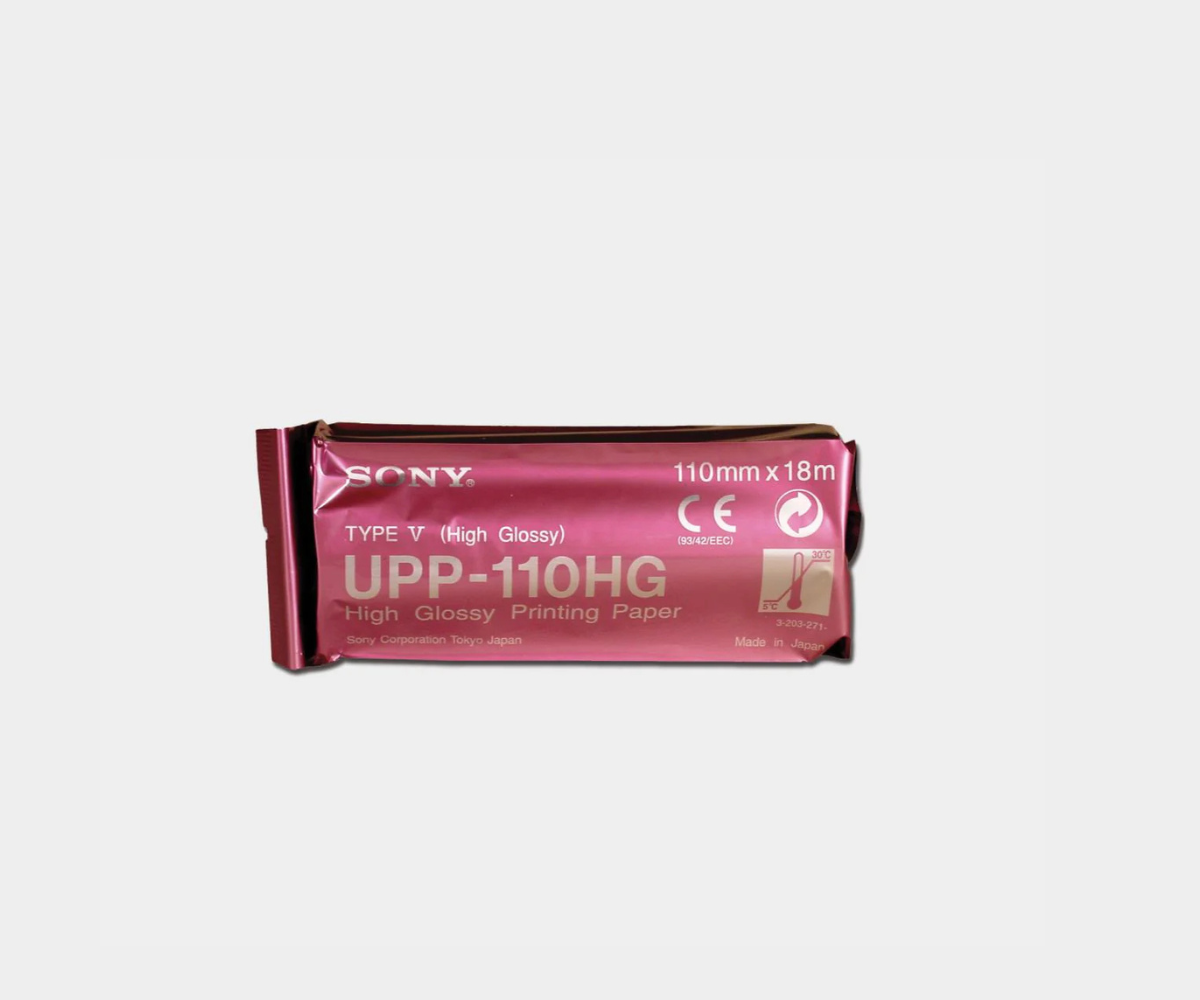If you’ve chosen an IUD as your form of birth control, you already know two of its biggest perks: its high success rate and ease of use. No daily pill, no monthly refills — just long-term, reliable protection. But even the best low-maintenance options need a little attention eventually.
So, when does an IUD need to be replaced?
How Long Does an IUD Last Before Replacement?
Depending on the type of IUD you have, it can last anywhere from 3 to 10 years. Some newer research suggests that certain IUDs might work a little longer than their official lifespan — but that doesn’t mean it’s safe or recommended to stretch the timeline without guidance.
The reality is simple: over time, the active components in the IUD (either copper or hormone) start to lose their effectiveness. And if pregnancy prevention is the goal, an expired IUD isn’t something you want to gamble with.
Why Replacement Is More Than Just a Date on the Calendar
A lot of patients are surprised to learn that IUD replacement isn’t just about “resetting the clock.” It’s a chance to check on how your body has responded to the device — and whether it’s still the best fit for your current needs.
Here’s what your Ob/Gyn may be thinking during that replacement appointment:
-
Has the IUD shifted or embedded?
-
Are you having side effects that might warrant switching methods?
-
Is this still the right contraception for your lifestyle or phase of life?
These are conversations that often get missed when everything’s “working fine.” But replacement time is the perfect check-in.
What Happens If You Leave It In Too Long?
We get it — life gets busy, and it’s easy to forget an expiration date that’s years away. But keeping an IUD past its prime can come with real risks.
The most common concerns include:
-
Reduced protection against pregnancy
-
Higher risk of infection or uterine irritation
-
Difficulty removing the device later on
In rare cases, a device that’s been left in too long can become embedded, making removal more complicated and uncomfortable than it needs to be.
Does IUD Replacement Hurt? What to Expect
This is probably the second-most common question (after “Do I have to replace it?”).
For most women, replacement is quicker and easier than the original insertion — especially if you've already had a child or your body has adjusted to the IUD over time. Yes, there may be some brief cramping, but many patients are surprised by how fast and straightforward the process is.
If you were nervous the first time, it’s totally okay to talk with your physician about pain management options this time around. They’re there to help.
What If You’re Nearing Menopause?
If you're a woman in your 40s or early 50s and your IUD is due for replacement, your healthcare provider might suggest a different strategy. Some women don’t need to replace it at all if they’re close to menopause and not ovulating regularly.
That said, every body is different — and your Ob/Gyn will help you figure out whether it’s time to remove, replace, or simply monitor.
An IUD is one of the most reliable, low-maintenance forms of birth control available — but it’s not forever. Replacing it at the right time keeps you protected, healthy, and in control of your reproductive plan.
If your IUD is coming up on its expiration date — or you’re not sure when that is — schedule a quick check-in. Your future self will thank you.







